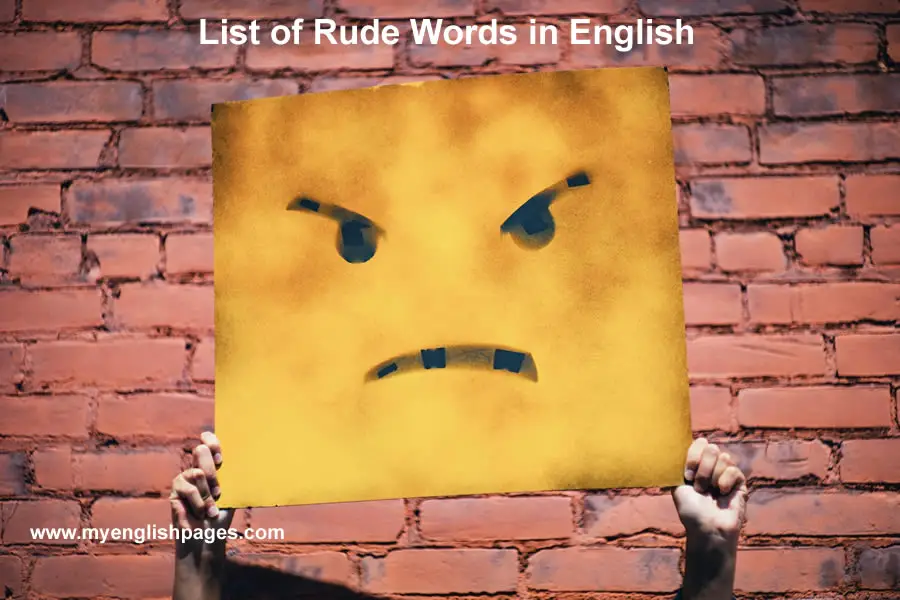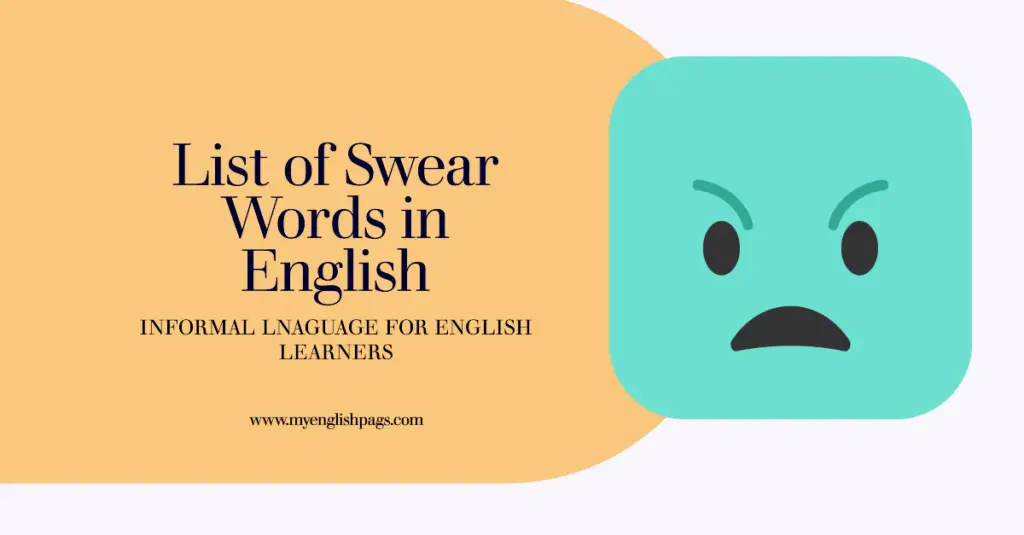Table of Contents
Introduction
Swear words, also known as curse words or bad language, are a part of every language and culture. While often viewed as inappropriate or offensive, they play a role in everyday communication and express strong emotions.
Understanding what swear words mean, when they are used, and their impact on language can be important for both learners and teachers of English.
This article explores the meaning and use of swear words in English, providing a list of common examples and discussing the importance of using language thoughtfully.
What Are Swear Words, and When Are They Used?
Swear words, often referred to as curse words, expletives, or profanities, are words or phrases that are considered offensive, vulgar, or inappropriate in certain contexts. These words are typically used to express strong emotions such as anger, frustration, or surprise, and they can vary greatly depending on the cultural norms of a particular society.
In most cases, swear words are used in informal, casual, or heated conversations. While they can provide an emotional release for the speaker, their use is often discouraged in polite, professional, or public settings due to their potential to offend others.
Additionally, swear words are commonly used in movies, music, and literature, but their inclusion in such media often leads to age restrictions or warnings for sensitive content.
A List of 30 Common Swear Words in English

While it’s important to note that using slur language can have consequences, understanding the types of words people might encounter in conversation or media is useful for language learners. Below is a list of common English swear words, though we’ve kept this list general and avoided specific offensive terms:
Rude Words List
- Darn
- Heck
- Crap
- Shut up
- Stupid
- Idiot
- Moron
- Jerk
- Dang
- Screw up
- Loser
- Kick the bucket (an informal phrase for dying)
- Piss off (a mild form of anger)
- Bloody (a common British expletive)
- Twerp
- Douchebag
- Bonehead
- Nitwit
- Blockhead
- Dummy
- Fool
- Fathead
- Butt-head
- Knucklehead
- Bozo
- Blabbermouth
- Airhead
- Dimwit
- Half-wit
- Scumbag
While many of these swear words are milder compared to more severe profanity, it’s still important to be cautious of their use in various social contexts.
The Importance of Context and Language Awareness
It is crucial to be aware of how rude words are perceived, especially when using them in different cultural or social contexts. What might be considered mild or inoffensive in one place could be highly offensive in another. Learning when and where to use appropriate language is part of mastering English, especially for non-native speakers.
In educational environments or formal settings, it is always recommended to avoid swear language and focus on respectful, clear communication. When teaching English as a second language, it’s important to explain the emotional impact that swear words can have, helping learners understand that language choice has consequences.
Additional Resources on Language Use and Politeness
If you’re interested in learning more about the nuances of language, politeness, and communication in English, here are some useful resources:
- Guide to English Etiquette: How to Speak Politely
- Teaching Tolerance in English Language Classrooms: Strategies for Promoting Polite Speech
- Complete list of Swear Words in English
Conclusion
Swear words are a complex part of the English language that conveys emotions and can either strengthen or damage relationships, depending on their usage.
While it’s important to understand their meaning and recognize when they might appear in conversation or media, it’s equally crucial to approach these words with caution and respect for social norms. By being mindful of language, we can communicate more effectively and create positive interactions with others.



